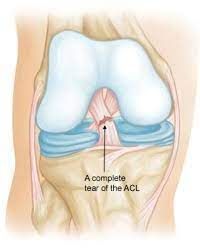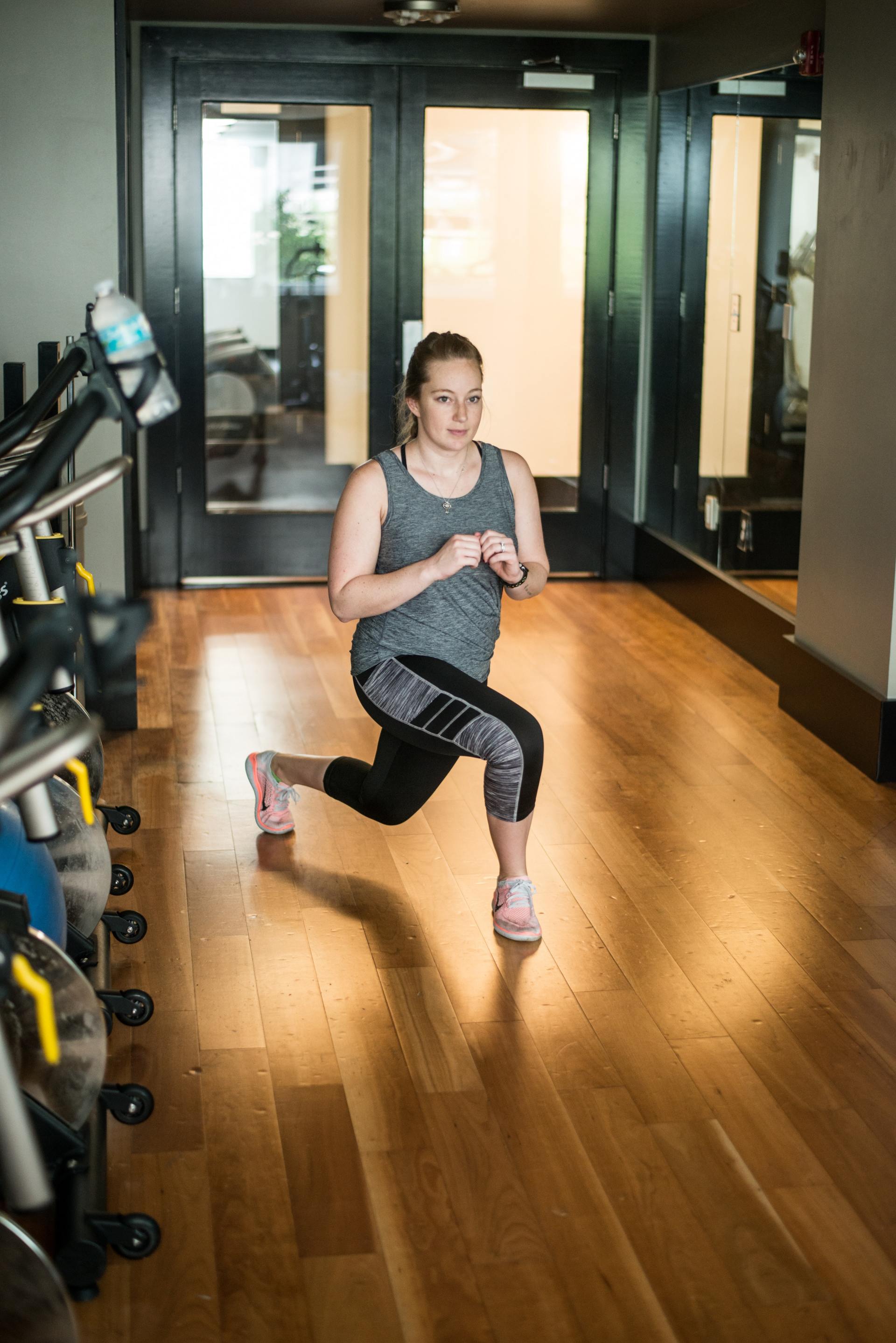Women in Strength
Time for females to take over the strength training zone

Quite often we find that female gym goers can be hesitant to pick up the barbell. Let alone to train for strength. Why are some females so scared by the concept? For most, it’s the preconceived conception that they will pick up a heavy weight and in the morning be the female Hulk. This is far from the case.
Before we head into things, what are the benefits of strength training for women? The biggest benefit? A greater rate of fat loss! Your rate of oxygen consumption post training is increased, and the more oxygen you are consuming, the more you are burning. This is known as Excess Post-Exercise Oxygen Consumption (EPOC). Not to mention other factors such as curves, greater calorie expenditure, better quality sleep, increased energy and more.
Did you know…
- Women require less rest between sets.
- Women can train heavier more frequently than men.
- Women can do sets of 5 closer to their 1 Rep Max (1RM) than men.
We have listed some simple tips to help transition the female into strength training.
1.Build up slowly.
Start off with small, bodyweight movements covering basic movement patterns (e.g. bodyweight squat, press ups, assisted pulls ups and so on). From here you can then start to transition into resistance machines and free weights. It’s often not until a you can physically see progress that you will become less hesitant to try new things. Build up your strength and confidence before throwing yourself into the deep end of the free weights room.
2. Use self-motivation.
Motivate I hear you say? That’s easy, it’s part of the job. Here, we are referring to the Self Determination Theory (STD). Everyone has the desire to feel involved or “be in the know” and have some form of structure that they have control of. This theory concerns human motivation, personality and optimal functioning. Rather than just the amount of motivation, self-determination theory focuses on different types of motivation.
So how do you apply this to your training? Let’s say you’re about to take on a back workout, and you hate training back. As a train, you could give yourself some form of control over that session, choose the destiny of the day. Choose one of the exercises, giving yourself an option: “OK, so we can either do a barbell bent over row or a deadlift”. This gives the a feeling of ownership and comfort. You have chosen the exercise, whether you like either option or not, so in your mind you have that feeling of control.
3 Always give positive feedback.
We all love to hear we are doing something correctly, or perhaps better than previously. self-talk is a great way to motivate youirself in the gym, for example: “Remember to keep your shoulders back on the next rep, other than that your form has really come on!”. Refrain from being that “good job” gym goers, keep it fresh, focused and relevant. As you’re moving to a new exercise, how about: “You’re going to really enjoy this exercise, you perform really well with new movements”. Even when you become unsure of yourself, your well timed self-talk can make a whole world of difference.
4. Make them familiar with a barbell.
As you progresses, you can slowly start to introduce the smith machine and barbell. Remind yourself that utilising free weights will help increase your energy expenditure during and after training. Start off with the barbell, as this doesn’t require as much stabilisation as dumbbells and is used in most compound lifts. Introduce the basic compound lifts (squat, deadlift, shoulder press and bench press) and when taking yourself through the movement patterns, don’t overcomplicate it – keep it simple and easy to follow.
So there we have it, one training session at a time we will slowly break the misconceptions of females and weightlifting, and help bring more strong women into the fitness industry. It won’t be easy, some will jump into it like a fish in water straight away while others may struggle. Check out our Female Fitness Workouts Plans
Richard Watson
Sports Therapist












